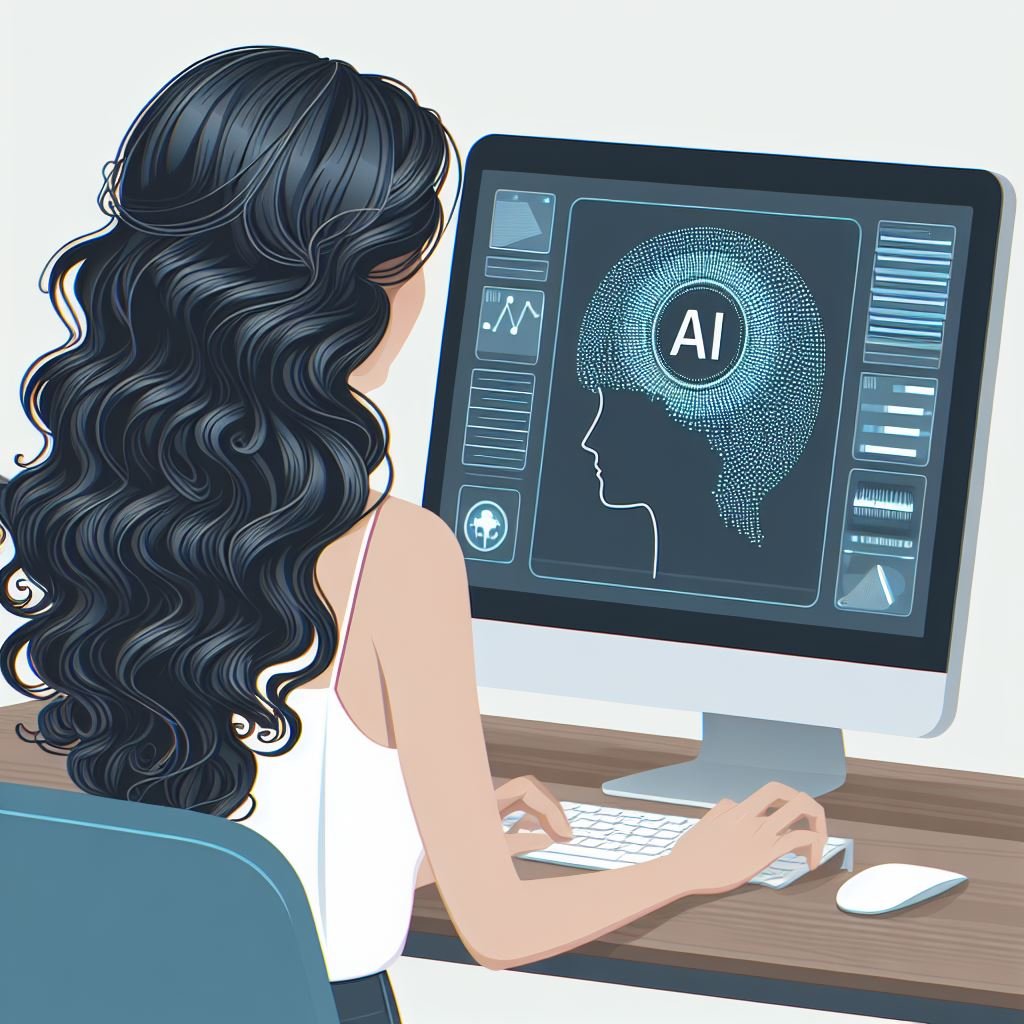Generative AI like chatbots and virtual assistants are not just tools, they are experiences. But how do you design one that is not only functional, but also delightful? How do you create an experience that users trust can understand, respond, and adapt to the user’s needs, preferences, and emotions? How do you design a virtual assistant experience that can encourage natural, personalized, and creative conversations?
Here are the steps that I follow in my design process (not always in this order):
First, define the problem and the goals of the chatbot or virtual assistant. What is the purpose of the chatbot or virtual assistant? Who are the target users? What are their needs, preferences, and expectations? How will the chatbot or virtual assistant add value to the user experience?
Second, research the best practices and existing solutions for chatbot or virtual assistant design. I look at the competitors, the industry standards, and the user feedback on similar products. I also benchmark the performance and quality of the chatbot or virtual assistant against the metrics that matter to the users and the business.
Third, ideate and prototype the conversational flow and the visual design. User personas, scenarios, and user stories to create realistic and engaging dialogues for the chatbot or virtual assistant. I also use wireframes, mockups, and style guides to design the layout, the colors, the fonts, the icons, and the animations. Those make up the design system which is the foundation of any project.
Fourth, test and validate the usability and the desirability of the chatbot or virtual assistant. I would use user testing, surveys, interviews, and analytics to collect qualitative and quantitative data on how the users interact with the chatbot or virtual assistant. I also use heuristic evaluation, cognitive walkthrough, and expert review to identify and fix any issues or gaps in the design.
Fifth, iterate and improve the chatbot or virtual assistant design based on the user feedback and the data analysis. I use A/B testing, multivariate testing, and split testing to compare and optimize different versions of the chatbot or virtual assistant. I would also use machine learning, natural language processing, and natural language generation to enhance the intelligence, the personalization, and the creativity of the chatbot or virtual assistant. While this step sounds similar to the last one, it can be specific to the feel of generative AI.
Sixth, after launch it is important to maintain the design project. Make use of deployment tools, monitoring tools, and debugging tools to ensure the reliability, the security, and the scalability of the interface. Also use feedback tools, rating tools, and review tools to measure the satisfaction, the loyalty, and the advocacy of the users.
By following this design approach and process, I am able to create a generative AI interface that is intuitive, useful, enjoyable, and hopefully, memorable for the users.

